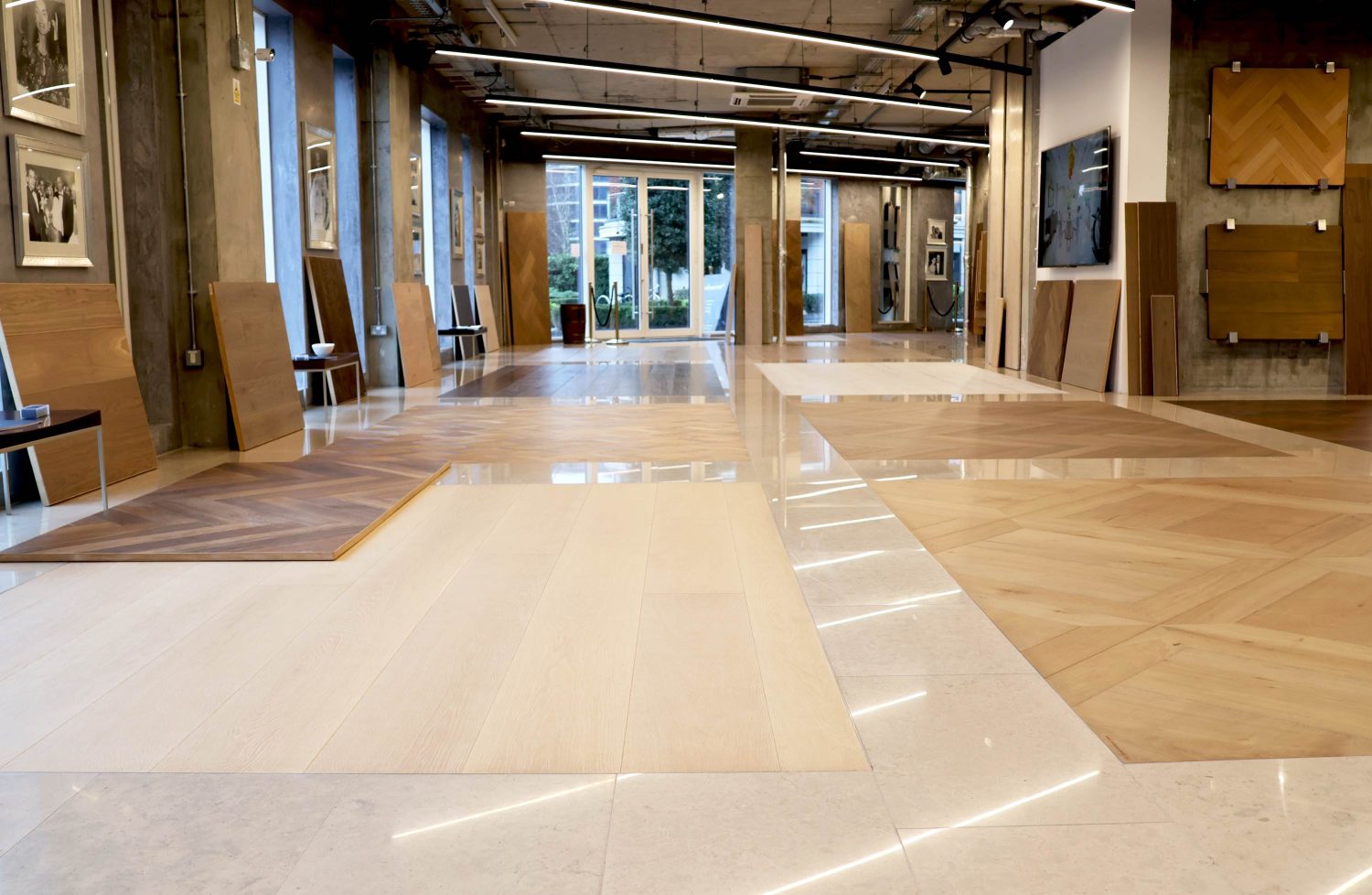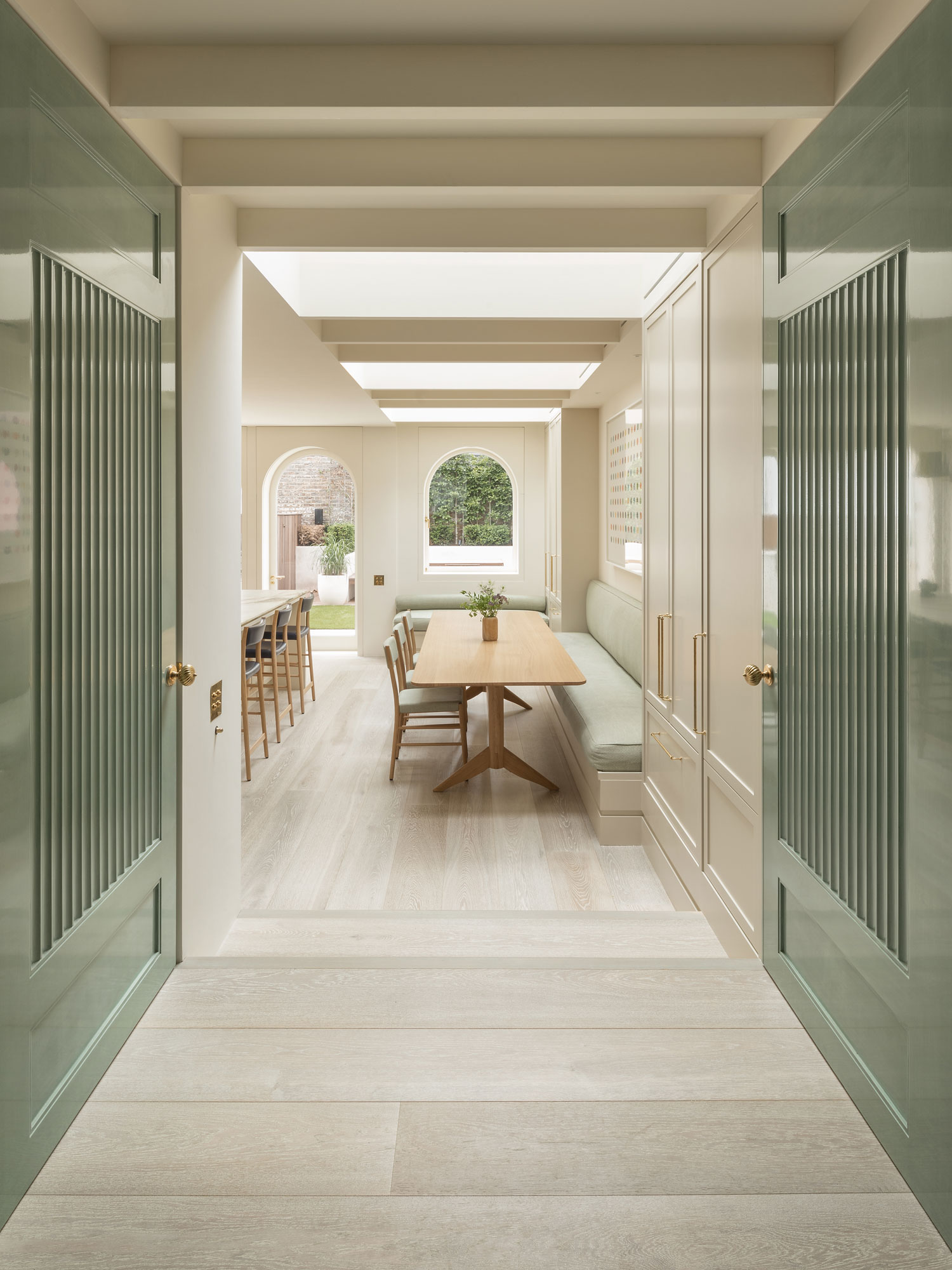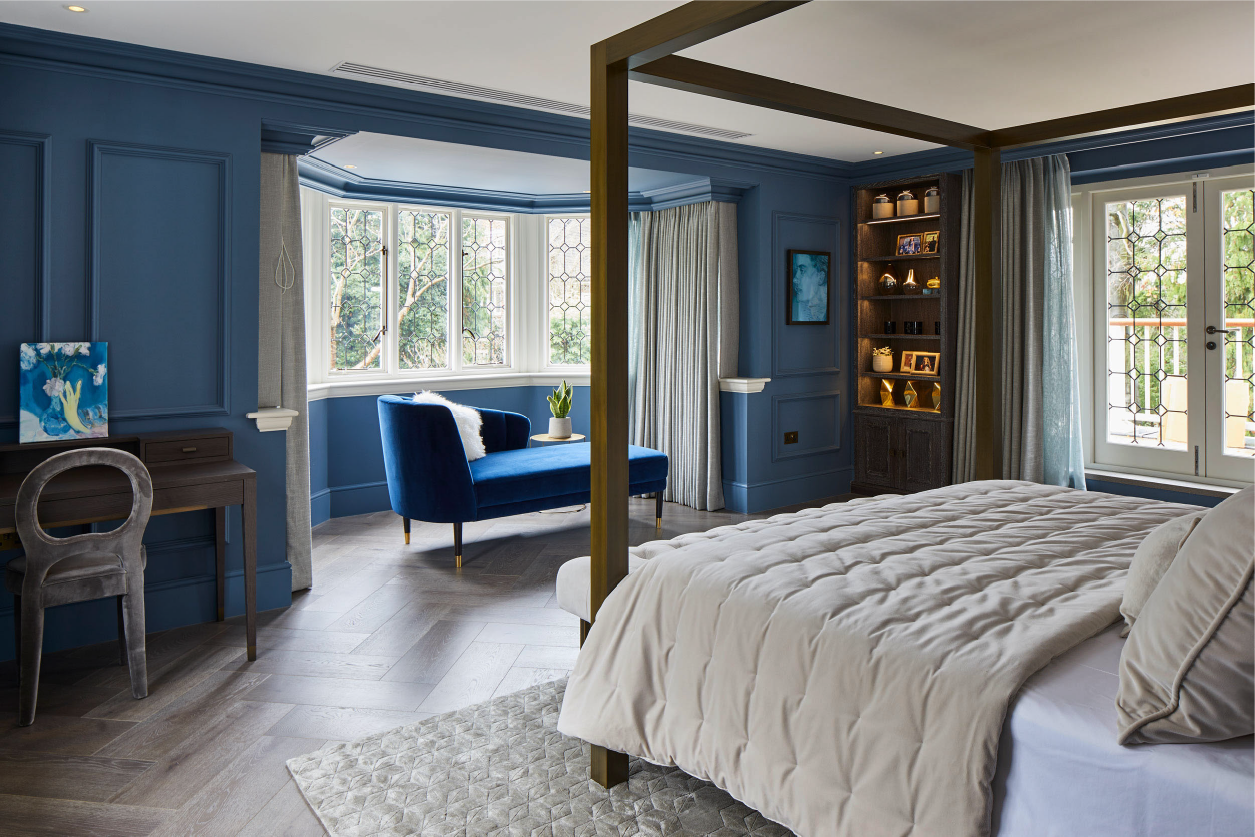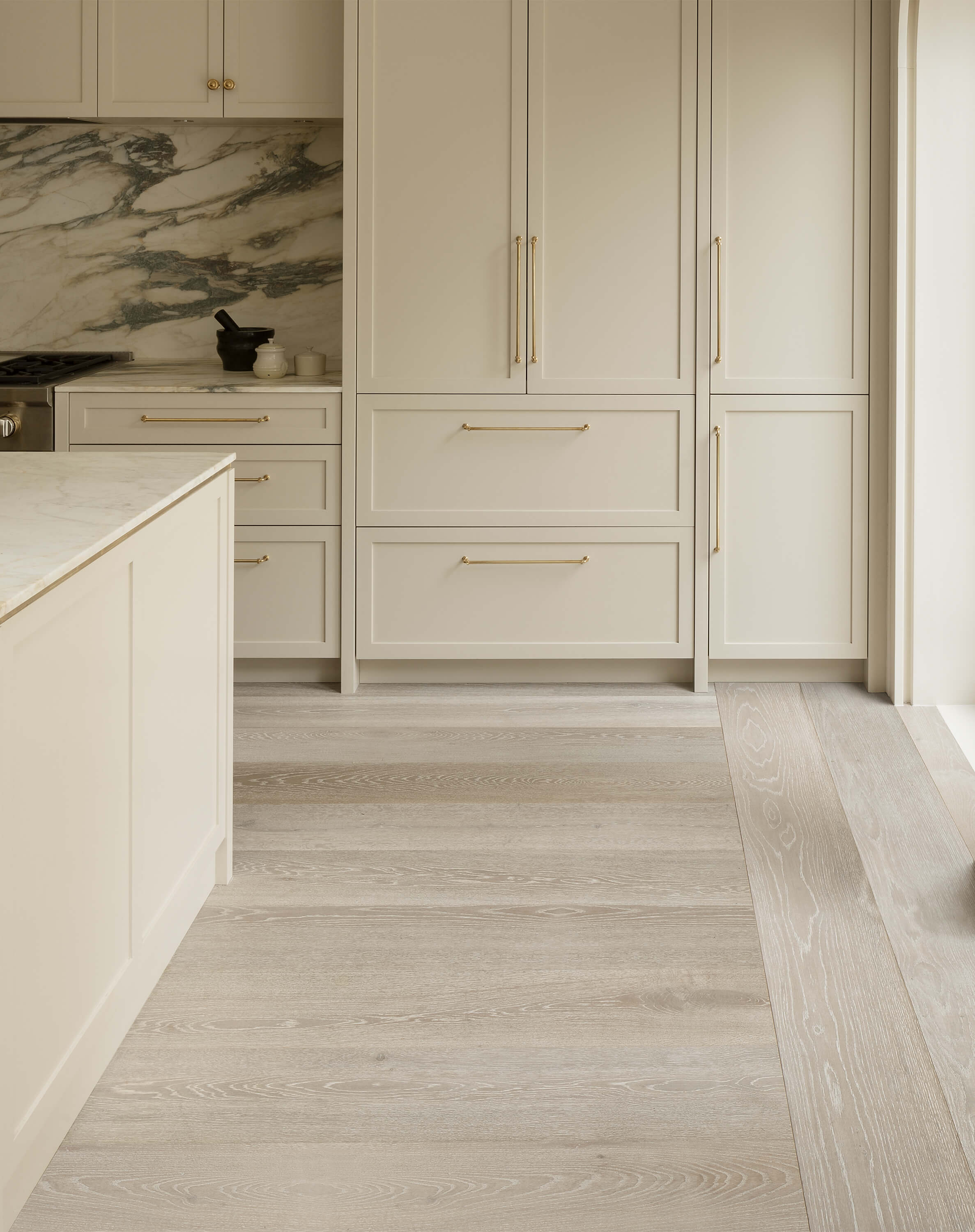

Wide–Plank
The Wide-Plank Benchmark
As the first company ever to pioneer engineered wide–plank wood flooring in the UK, we’re proud to champion the product that put our company on the map. Not only visually stunning; our floors are also still made at the height of craftsmanship, making an Element7 wide–plank wood floor ‘the benchmark’ for best in class.

Sachs Grey Oak
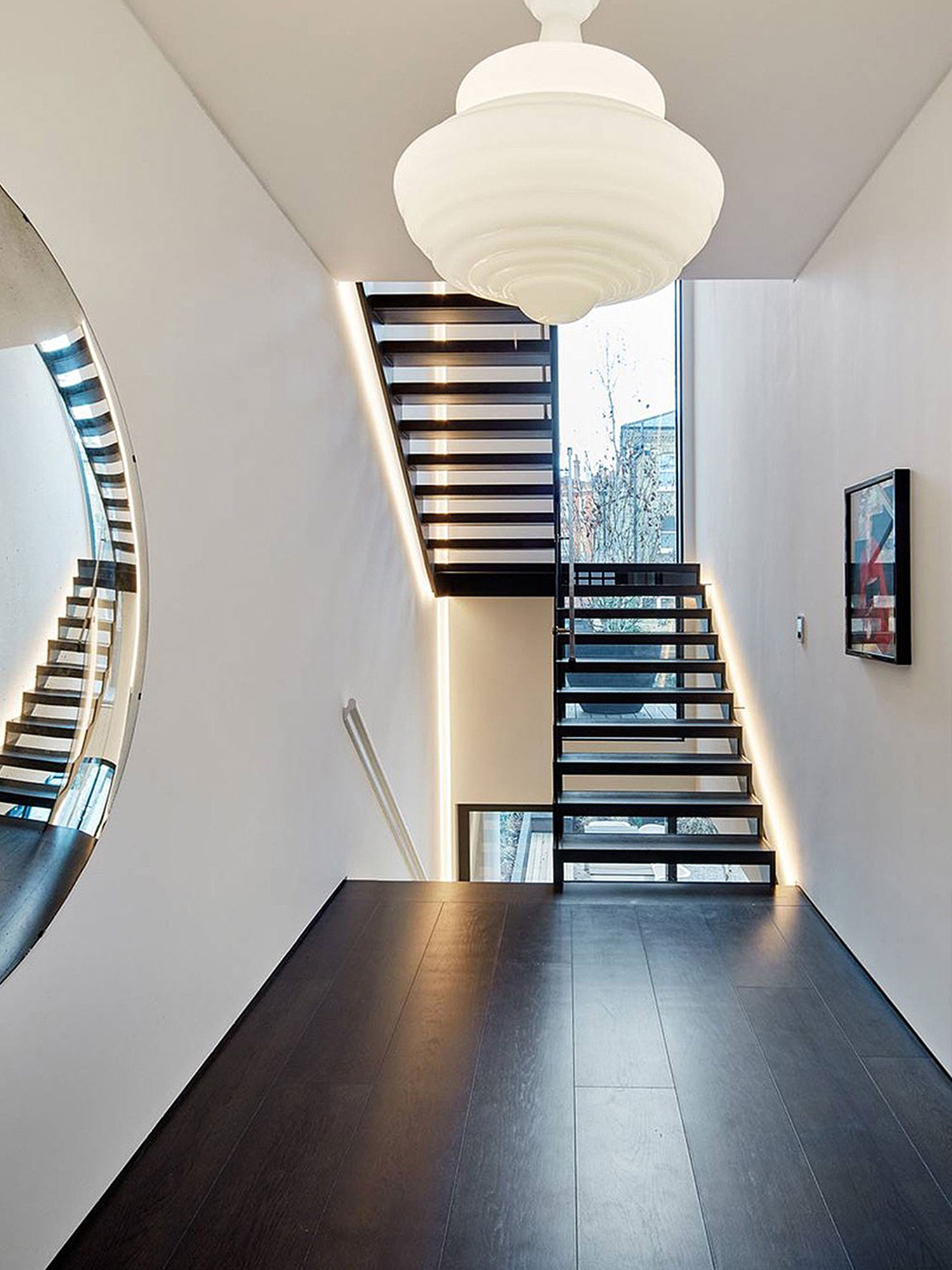
Dark Parisian
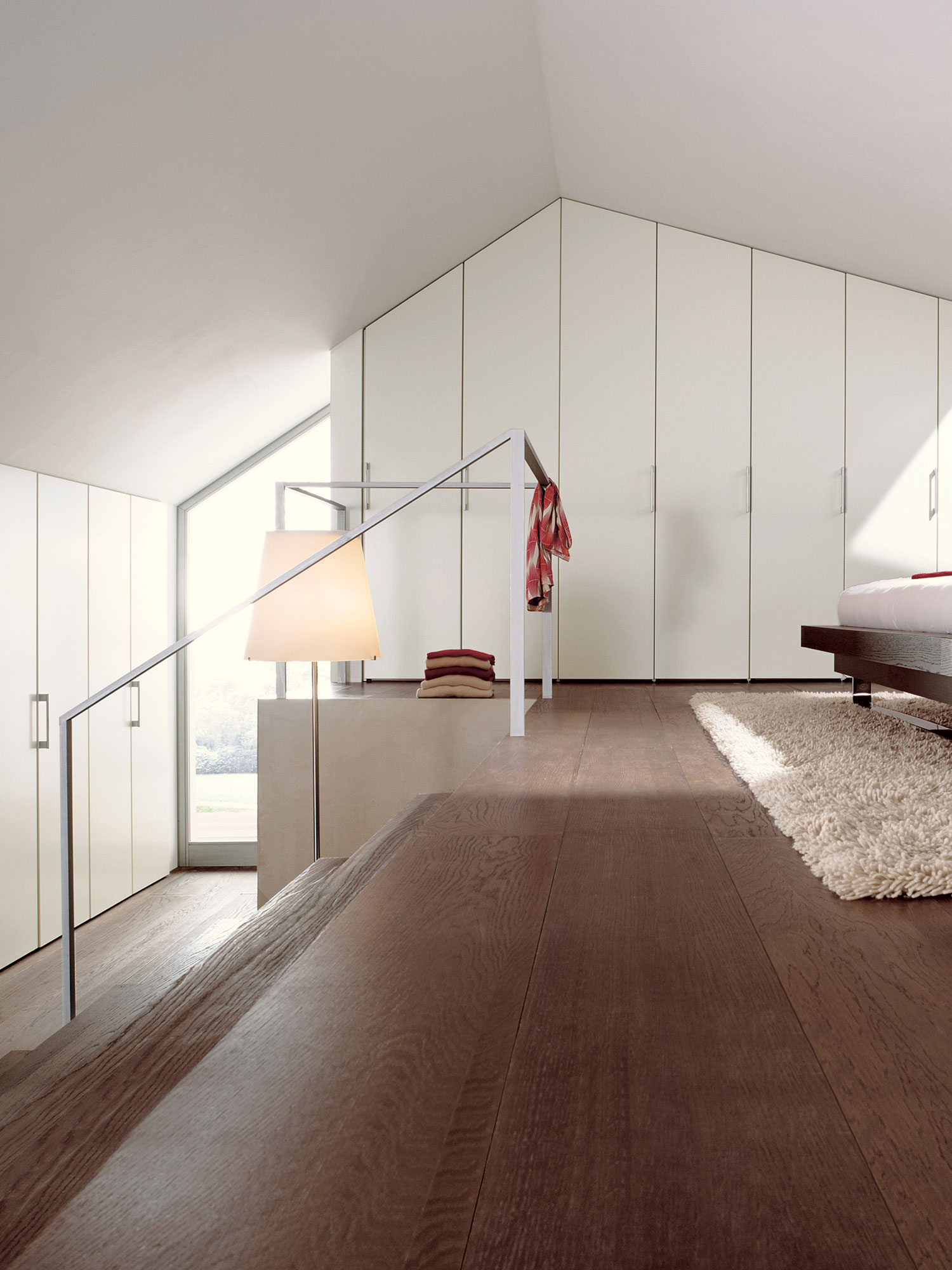
Fired Oak
Make the ultimate statement
Within a room, nothing makes a statement quite like a grand expanse of wide–plank flooring sweeping across the interior. Combining the finest raw materials with generous proportions and elevated finishes, our hardwood plank flooring introduces a look of timeless elegance to any space.

Ivory Oak
Exceptionally Engineered Wide–Plank Floors
Element7’s exceptionally stable, hardwood plank flooring, treated with technically advanced, eco-friendly finishes, will last three times longer than a standard floor. They are also easy to clean and maintain. With proper care, Element7 wide plank wood flooring can last a lifetime, without the need for refinishing.
Setting the Standard
Adhering to the highest standards of quality, craftsmanship, and savoir-faire, Element7 operates at the pinnacle of the prestige market. We have been supplying and installing world-class engineered hardwood floors to luxurious residences and exclusive commercial spaces for over 25 years. Our Benchmark range is regarded as the industry’s best.
A Commitment to Quality
Immensely durable and visually stunning, with exceptional structural integrity, Element7 floors are designed to last a lifetime, without the need for refinishing. Our uncompromising approach – from manufacturing and engineering to finishing and installation – ensures that Element7 products are in a league of their own. Simply put, our floors have never failed.
The Finest Materials
Our floors are crafted using raw materials of the highest quality. Sustainably sourced from European forests committed to responsible practices, our exceptional-grade timber is expertly milled in Italian factories to meet our own meticulous standards.
Plank Widths
Element7 offers a specific construction method to suit every type of plank width. Whether you’re interested in a wide plank design, or something with smaller panels, all our floors offer the ultimate in stability and structural integrity, without the risk of warping or distortion.
Three-Layer Engineered Constructions
Engineered to an exceptional standard, Element7’s hardwood floors are the definitive industry benchmark. Many of our floors are made to our signature ‘blocked and balanced’ construction, recognised as the most stable engineered wood floor construction on the market.
Primary and Secondary Layers
The top layer of the structure is made from your chosen wood species. The bottom plywood layer provides balance to the top, ensuring that the entire plank remains flat.
The Core Layer
At the heart of the plank is a core of slow-grown softwood blocks. These further enhance stability by allowing for tiny, controlled movements between the top and bottom layers.
Lifetime Varnished Finish
The last stage of the engineering process, our technically advanced, eco-friendly lifetime finishes seal the deal. Applied in eight coats for exceptional durability, with proper care and maintenance, your floor will never need to be refinished.
I have recommended Element7 to my clients on numerous occasions and they have always been efficient, professional and personable, whilst delivering an extremely high-quality product with superb levels of workmanship. I used them in my own house and cannot recommend them more highly.
Susie Beart
(House and Garden Top 100)
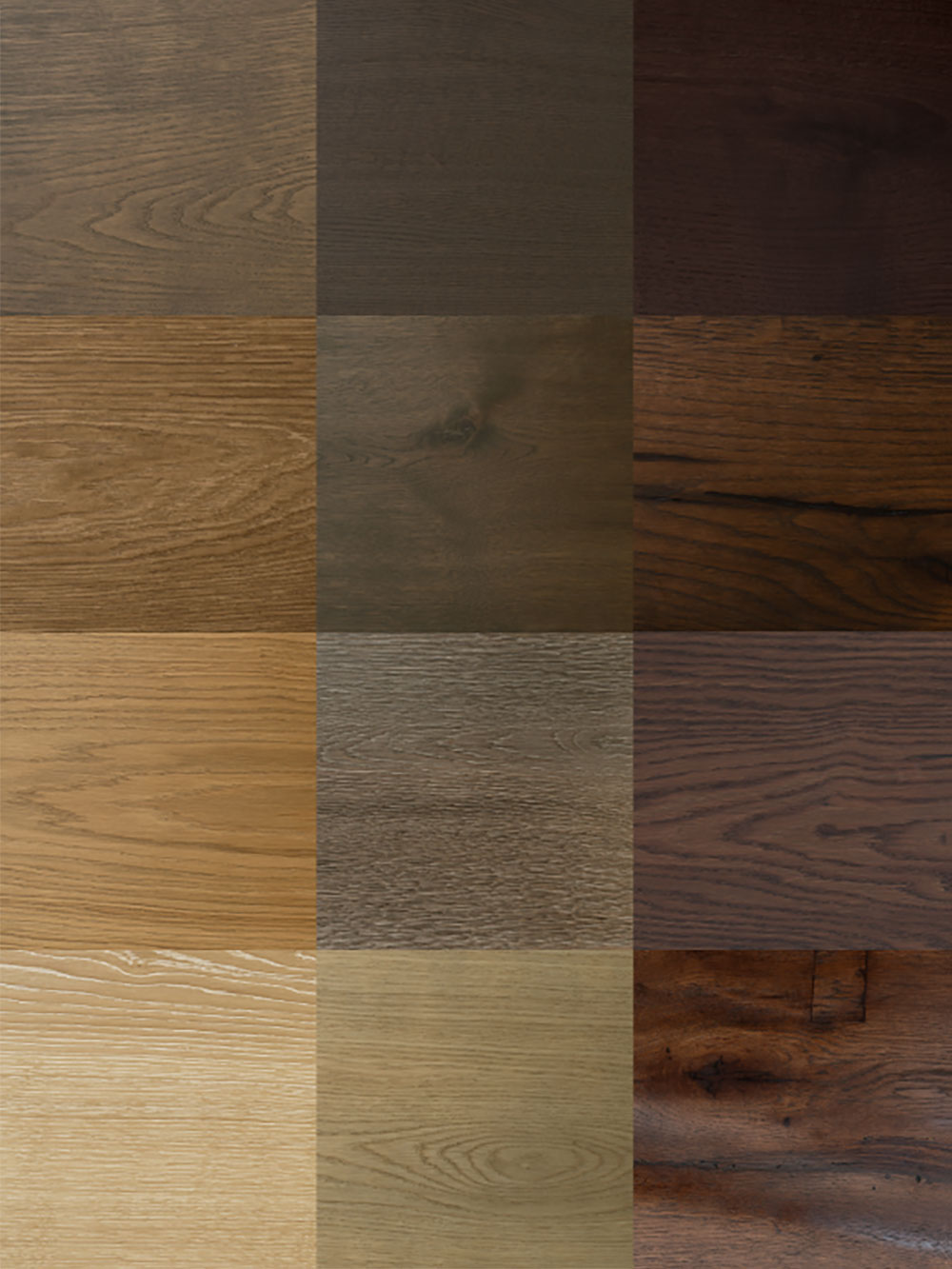
Colours, Species and Finishes
Explore our extensive range of sustainably sourced wood species, delivered in a myriad of colours and our unique, durable, environmentally friendly finishes, designed to suit every project.
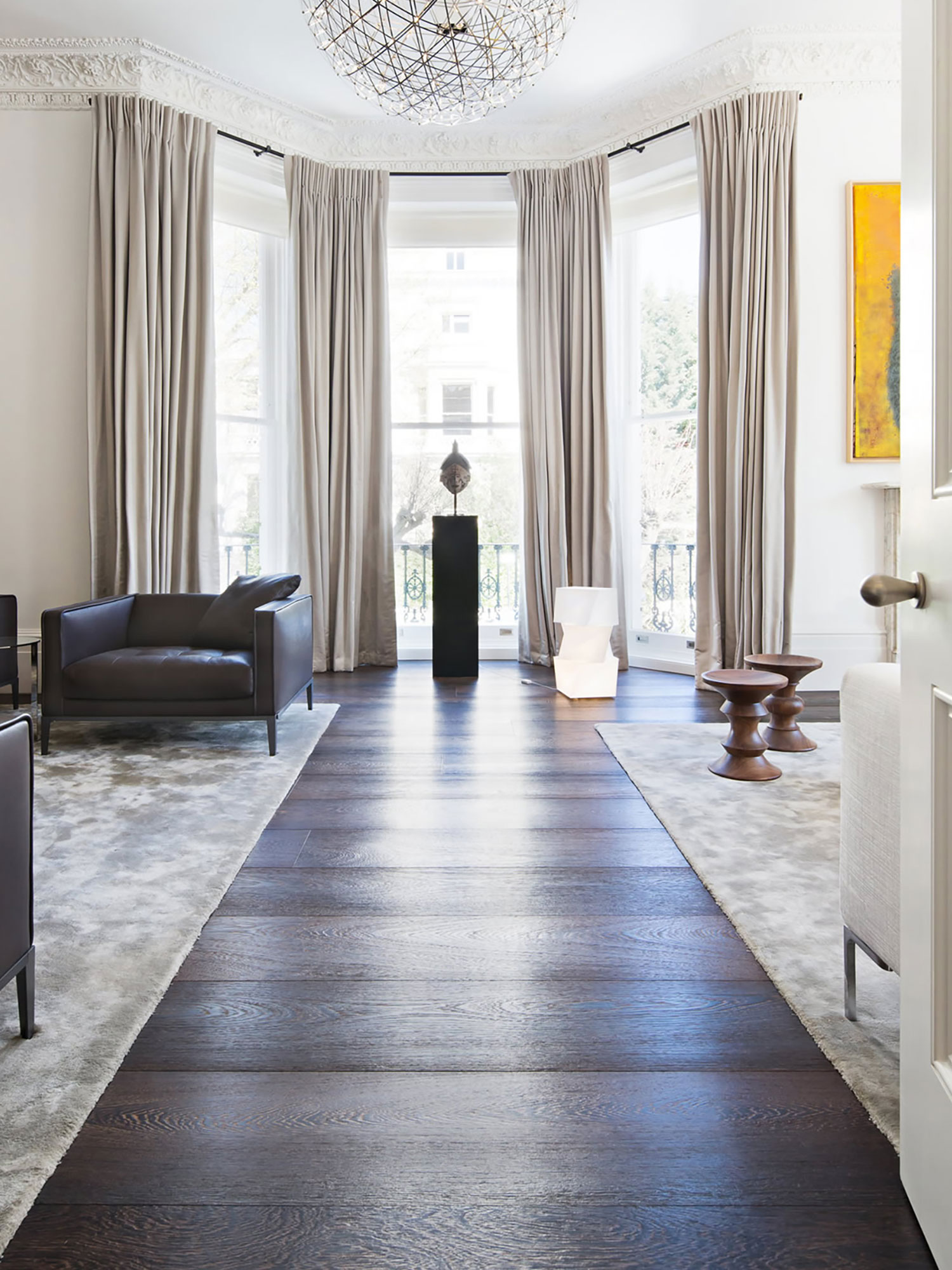
Natural Wenge
Exceptionally Engineered
Unrivalled structural integrity combined with the technical supremacy of our finishes, ensures a luxury world-class floor that will last a lifetime. Read more about what makes an Element7 floor unique.
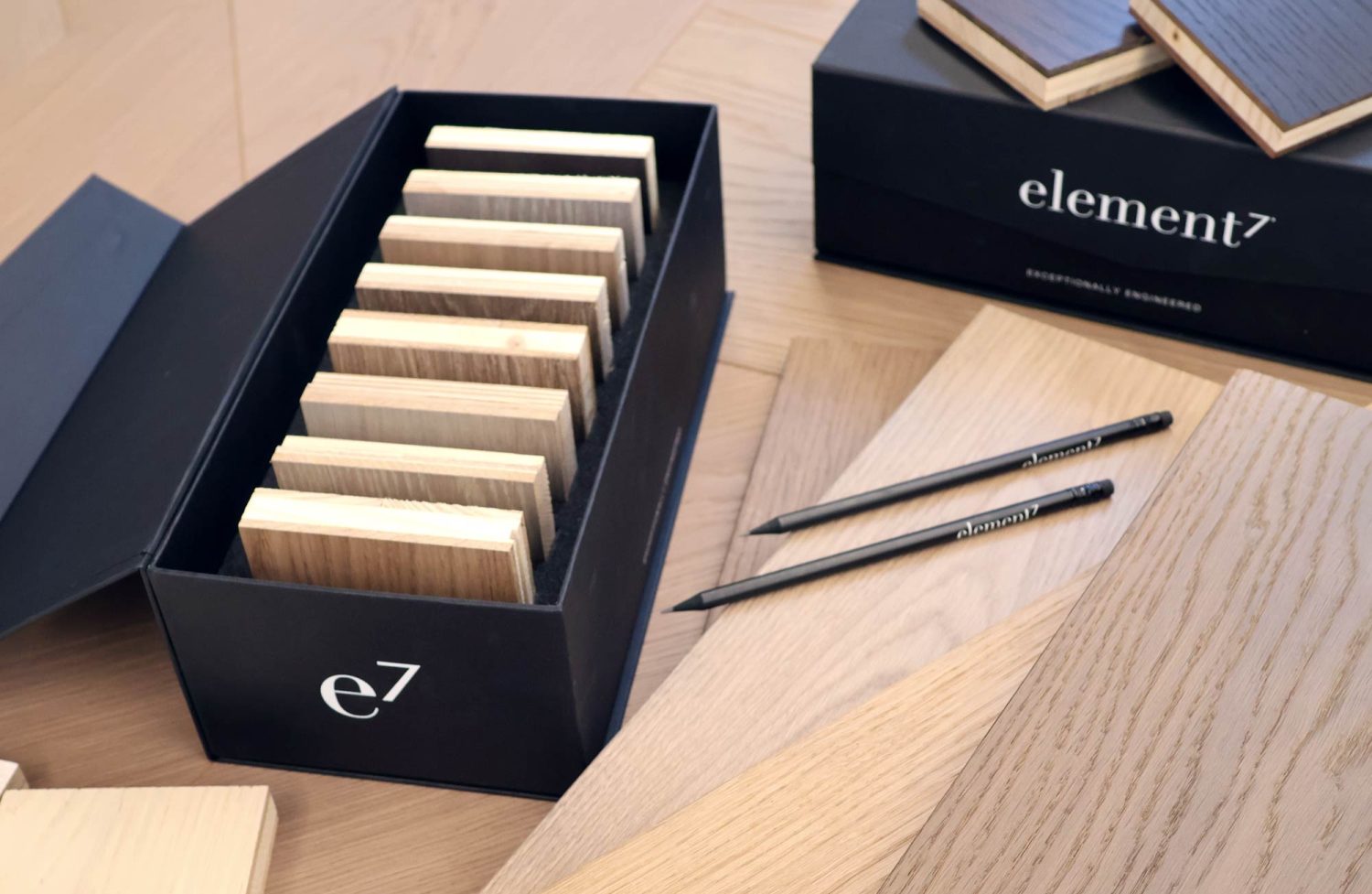
Sample Request
Select samples from our extensive range of wood species, designs and colours to suit your project.
